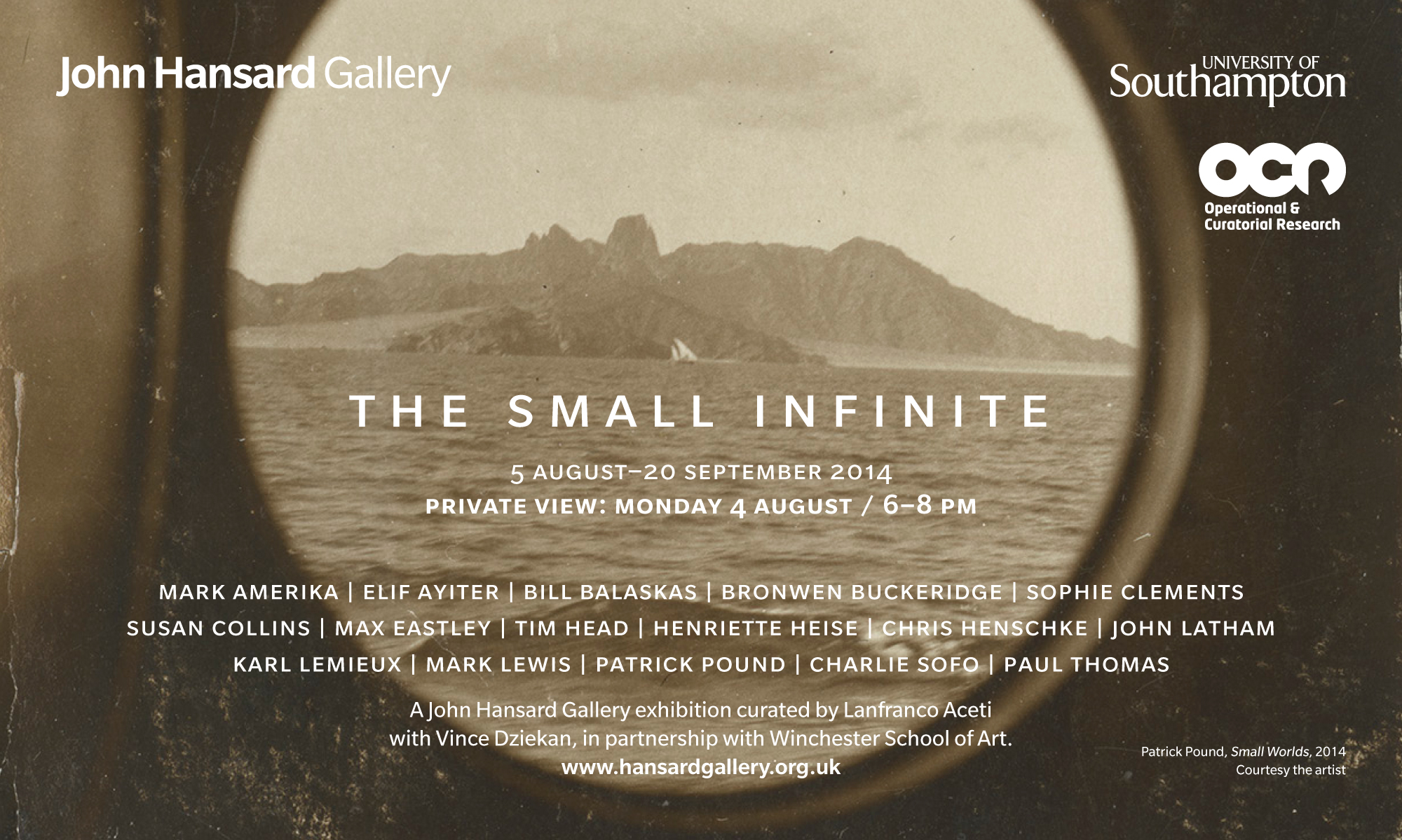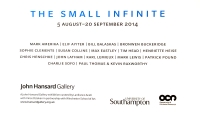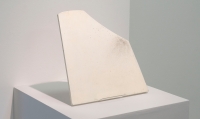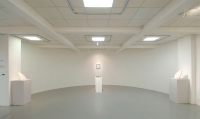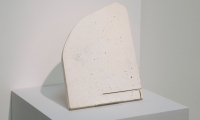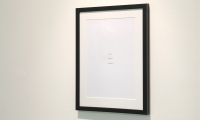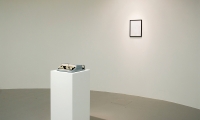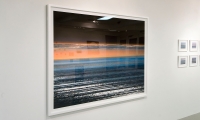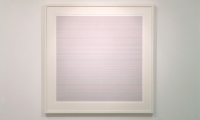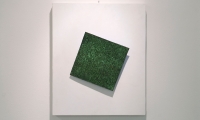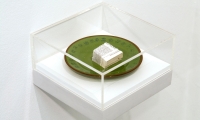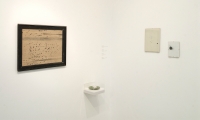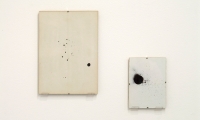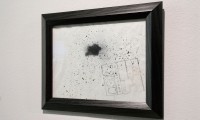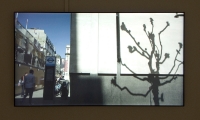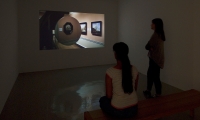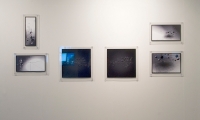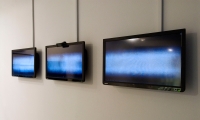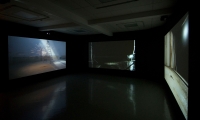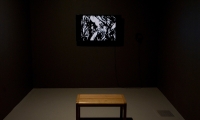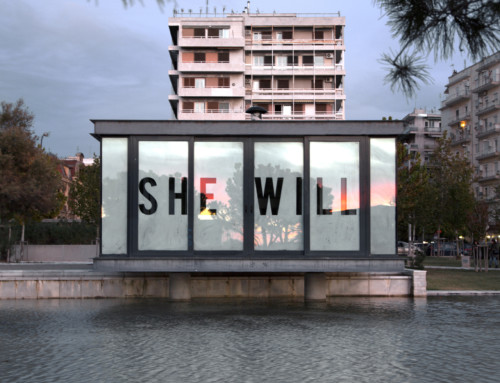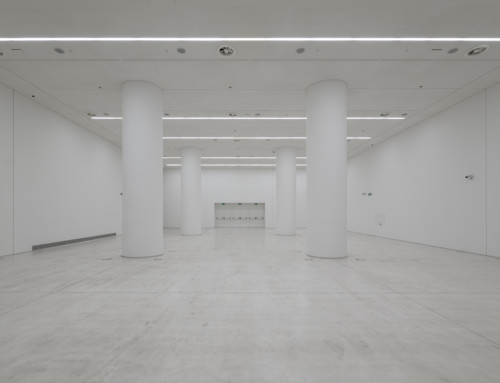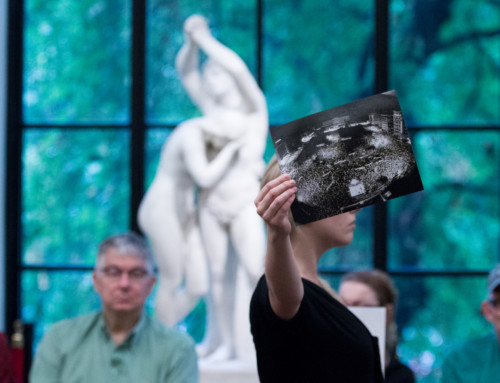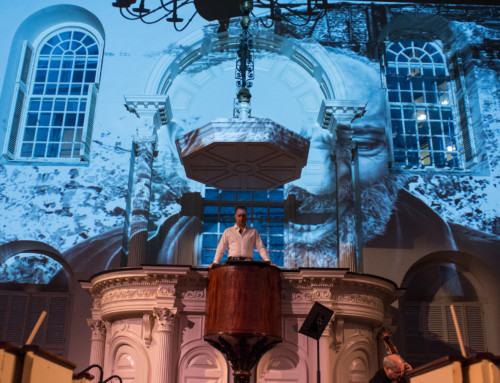Project Description
- The Small Infinite, 2014.
- The Small Infinite, 2014.
- The Small Infinite, 2014.
- The Small Infinite, 2014.
- The Small Infinite, 2014.
- The Small Infinite, 2014.
- The Small Infinite, 2014.
- The Small Infinite, 2014.
- The Small Infinite, 2014.
- The Small Infinite, 2014.
- The Small Infinite, 2014.
- The Small Infinite, 2014.
- The Small Infinite, 2014.
- The Small Infinite, 2014.
- The Small Infinite, 2014.
- The Small Infinite, 2014.
- The Small Infinite, 2014.
- The Small Infinite, 2014.
- The Small Infinite, 2014.
- The Small Infinite, 2014.
- The Small Infinite, 2014.
- The Small Infinite, 2014.
- The Small Infinite, 2014.
- The Small Infinite, 2014.
- The Small Infinite, 2014.
The Small Infinite is an exhibition I curated for the John Hansard Gallery with artworks never exhibited before from the estate of John Latham which acted as anchor points for a display of contemporary artworks by Mark Amerika, Elif Ayiter, Bill Balaskas, Bronwen Buckeridge, Sophie Clements, Susan Collins, Max Eastley, Tim Head, Henriette Heise, Chris Henschke, Mark Lewis, Karl Lemieux, Patrick Pound, Charlie Sofo and Paul Thomas.
CURATORIAL STATEMENT
Exists must be a somewhat; and the same,
If tangible, however fight and slight,
Will yet increase the count of body’s sum,
With its own augmentation big or small;
But, if intangible and powerless ever
To keep a thing from passing through itself
On any side, ’twill be naught else but that
Which we do call the empty, the inane.
De Rerum Naturae, Lucretius. [1]
The Small Infinite is an exhibition inspired by the philosophical idea of the minute (which has both spatial and temporal meaning: minutae), as the moment in which to reveal and understand grandeur.
The exhibition analyzes issues that are related to current artistic practices that focus on more intimate perceptions of reality, the environment and humanity. It works through tactical juxtapositions and shifts of scale: Is smallness a reflection of infinity? What are the adjectives that can characterize artworks that explore an idea of infinite space? Is there a different way to perceive the infinite, beyond the traditional imaginary of an extremely large space that we cannot comprehend? What if the infinitesimally small is a visual image that allows us to understand the complexity of life, art and the universe?
The Small Infinite presents a curatorial context that focuses on the perception and presentation of smallness. The exhibition wishes to juxtapose the adjectives that characterize gigantic artworks to the adjectives that characterize infinitesimally small artworks. Within this space – that provides both opportunities and challenges for articulated displays and discourses – will be placed artistic practices that provide tactical responses that reveal the ‘intimate, self-reflexive and profound’ in juxtaposition to the grandiose, spectacular and universal.
Smallness, in the context of today’s big data, expanded digital worlds and representations of infinite global riches, becomes a reflection of the role of humanity and human beings in a universe in constant expansion: where everything becomes larger than life. Cosmic infinity, trillions of dollars, billions of people do not provide the mind with comprehensible numbers in a mediated society that increasingly seeks the larger, the gigantic, the bigger to achieve awe and perceive immensity.
Instead, The Small Infinite is a return to the world as suggested by the 18th century philosopher Gottfried Wilhelm von Leibniz, mapping the minutest infinity of matter in his Monadology: “Every portion of matter may be conceived as like a garden full of plants and like a pond full of fish. But every branch of a plant, every member of an animal, and every drop of the fluids within it, is also such a garden or such a pond.” [2]
Beyond the immediate perception, we are able to comprehend or at least imagine the infinity of worlds packed in worlds. Perhaps this escapes our cognitive capacities but the importance and smallness of humanity is perceived only in the context of worlds within worlds and measured against scientific frameworks in a variety of fields from geology to nanotechnology – but also in mathematics, the original poetic imagination of the infinite.
Artists that practice the aesthetic of the small also contribute other adjectives to present a vision and understanding of the world that is beyond the solid simulacrum of gargantuan imageries produced by a culture of certainties.
Again, if bounds have not been set against
The breaking down of this corporeal world,
Yet must all bodies of whatever things
Have still endured from everlasting time
Unto this present, as not yet assailed
By shocks of peril. But because the same
Are, to thy thinking, of a nature frail,
It ill accords that thus they could remain
(As thus they do) through everlasting time,
Vexed through the ages (as indeed they are)
By the innumerable blows of chance. [3]
This framework for the interpretation of infinity is therefore set by the contemporary gigantism of globalized mediated representations, the larger the better, that appear to eliminate the possibility for any other interpretation of reality but also of life and its meaning. But the solidity of these gigantic interpretations is a re-presentation of the corporeal world that is falsely beyond the “innumerable blows of chance” as Titus Lucretius Carus writes. The gigantism of our era can be interpreted as a disregard for anything that is minimal, little, fragile or insignificant. This approach contrasts historical cultural and aesthetic interpretations from Lucretius to Leibniz that provide a sense of the marvelous, phantasmagoric and fantastic of the corporeal world through a vision of infinite worlds and infinitesimally small particles.
But powerful in old simplicity,
Abide the solid, the primeval germs;
And by their combinations more condensed,
All objects can be tightly knit and bound
And made to show unconquerable strength. [4]
If the infinity of the small is perceived as a solid, as a cemented combination of particles able to show strength, then the perception of the gigantic constructions shows its infinite fragility. Any bond, any combination of particles, becomes a danger, a possibility, an opportunity for disruption. Size and fragility become inversely proportional. Smallness in contrast to gigantism has also traditionally represented intimate and humility: humiles… myricae in Virgil’s second line of the fourth eclogue speak of a smallness that is humanity’s fragility in a context of universally large and universally small entities.
Themes those of smallness and humility that are re-examined by the Italian poet Giovanni Pascoli to introduce a different poetical world into the traditional epic of ‘giants.’ [5] The humility of the infinitesimally small as well as its power cannot be disregarded since the bounds that link the multiple worlds of the smallest size hold fast the gigantic constructions of contemporary times.
The Small Infinite becomes a show about the fragility of the human in nature and a representation of the limitations of the interpretations that we have made both of nature and life. The exhibition celebrates the strength and endurance of the minuscule in the face of the unfathomable in an inverse proportionality of contemporary aesthetic trends.
More importantly the exhibition becomes an allegory of the fragility of contemporary gigantic social constructions, which, having forgotten the infinitesimally small role played by their citizens, appear to have become ‘too big to fail.’ A gigantic assumption of monolithic certainty that, by challenging the reality of the infinitesimally small, is destined to be reminded of all the adjectives that gigantism has disregarded.
The Small Infinite brings back humanity through a more intimate perception of smallness, reminding that under the blows of time what survives and remains is the infinitesimally small; constantly engaged in a process of construction of infinite bonds to create worlds within worlds.
[1] Titus Lucretius Carus, On the Nature of Things, trans. William Ellery Leonard (Mineola, NY: Dover, 2004), 13.[2] Gottfried Wilhelm von Leibniz, Discourse on Metaphysics and Monadology, (New York: Cosimo, 2008), 82.[3] Titus Lucretius Carus, On the Nature of Things, 17.[4] Ibid., 17.[5] “Per questo, che io dico che la poca gioia che puo aver l’uomo e’ nel poco.” (For this reason, I say that the little joy that man can have has to be found in the little things.) Giovanni Pascoli, introduction to Poemi Conviviali, by Giovanni Pascoli, 2nd ed. (Bologna: Ditta Nicola Zanichelli,1905), viii.
